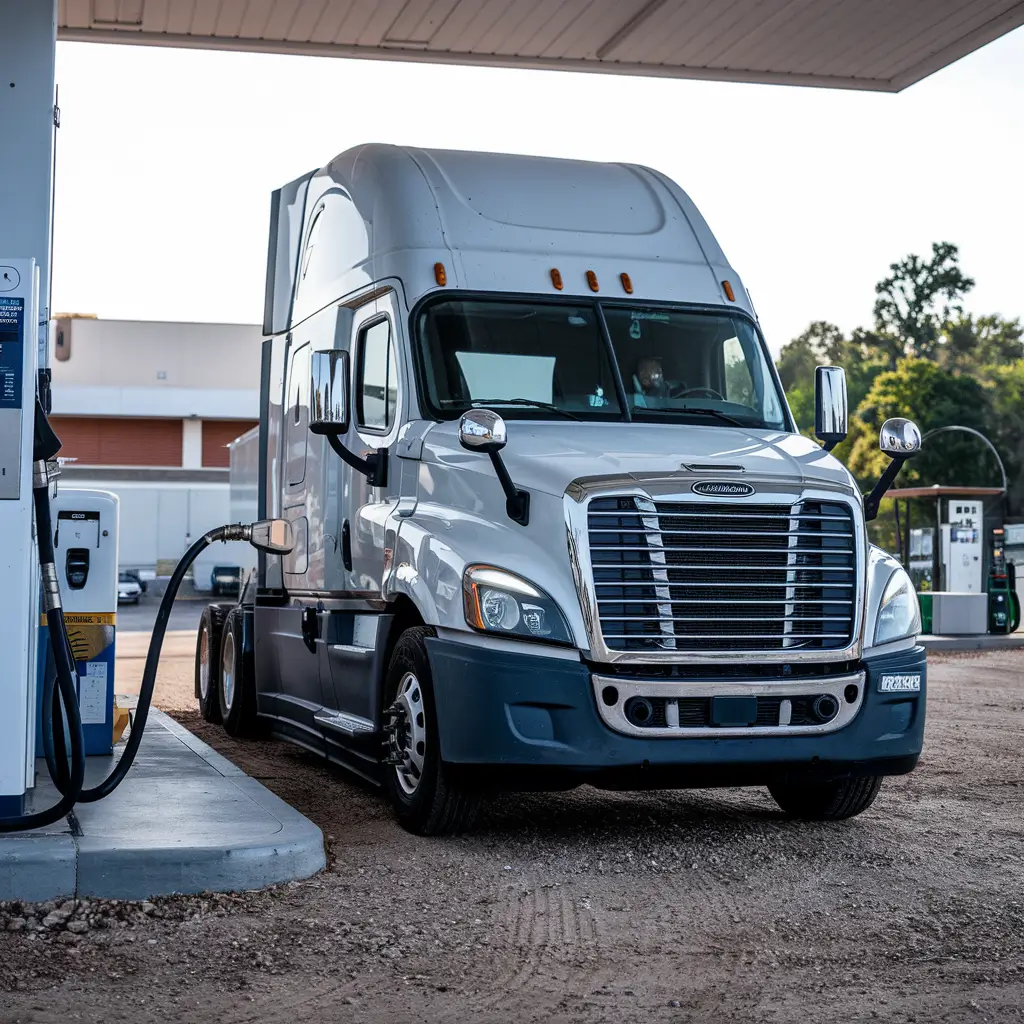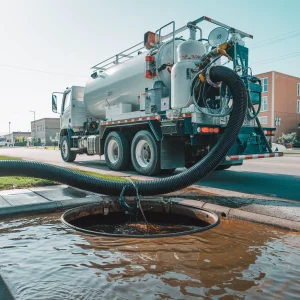Improving fuel efficiency in semi-trucks has become more and more important today. According to the U.S. Environmental Protection Agency, the Greenhouse gas emissions from the transportation industry accounts for about 28% of the U.S’ total greenhouse emissions. Therefore, increased fuel consumption is not safe for the economy.
High fuel consumption also means spending more on fuel. For instance, on average, semi-trucks in the U.S. consume 36.5 billion gallons of diesel annually. This amount can be significantly reduced by following some selected tips that we have outlined in this article. By following this guide, you can begin to see more changes in how much your semi-truck consumes fuel.
PRO TIPS TO IMPROVE FUEL EFFICIENCY IN YOUR SEMI-TRUCK
AVOID IDLING YOUR TRUCK
There are many reasons why idling your truck might sound like a better option —- to grab a quick meal, maintain temperature during winter, or just to avoid restarting after a quick errand. Idling your vehicle is one of the easiest ways to burn off fuel.
According to research, your semi-truck burns 0.8 gallons of fuel for every hour it sits idle. When you calculate how much fuel it burns over a period of time, you would realize how much fuel and money you waste while your truck sits idle. So don’t keep your truck idle for too long to improve fuel economy.
KEEP UP WITH TRUCK MAINTENANCE
Lack of regular truck maintenance can lead to increased fuel consumption. Ensure that certain parts of your truck are subject to frequent check-ups by you or a professional. For example, unclogged air filters and improperly inflated tires can greatly impact fuel consumption. Similarly, changing oils regularly can help your truck run with lesser energy.
Semi-truck maintenance also covers managing speed, and reducing truckload. When you make efforts to handle your semi-truck with great care and keep up with regular maintenance, you’ll be shocked at how much fuel you’ll save.
DON’T OVERFILL YOUR TANK
Overfilling your fuel tank with more than what’s necessary has a couple of disadvantages. An overfilled tank can lead to tank expansion when the fuel is heated. Also, overflow leads to fuel wastage, which defeats the purpose of maximizing fuel efficiency. Pro tip? Don’t fill your tank with more than what it can take.
AVOID EXCESSIVE BRAKING
Low fuel efficiency can be linked to excessive and sudden brakes. Here’s why: every time you use the brake, your truck consumes more fuel to get back on. So every time you hit the brakes, you expend more fuel. While making some stops at intervals is necessary, consider exploring other techniques that would require less use of brakes.
MANAGE SPEED
Trucks have a speed limit of 65 mph. While it can be tempting to go higher than that on a free road, we recommend you don’t. Overspeeding and inconsistent speed can result in higher fuel consumption. On the other hand, if you drive steadily and regulate your speed, you can cut down on fuel usage. So regulate speed and drive within the speed limit, your semi-truck will thank you.
OPTIMIZE TRUCKS AERODYNAMICS
You can cut down on fuel usage by simply improving your truck’s aerodynamics. This includes some modifications to reduce aerodynamic drag. Modifications can consist of removing accessories such as top bars, air horns, bull bars, and additional light. Other modifications done by an expert can consist of adding wheel covers, fuel tank fairings, side skirts, trailer tails, and cab extenders.
INFLATE YOUR TIRES PROPERLY
Tires play a huge part in managing fuel economy. When your truck is incorrectly inflated, your engine will require more energy to keep your tire in motion, thus resulting in additional fuel expenditure. To put in context 1 psi drop in tire pressure can reduce gas mileage by 0.2%. A well inflated tire on the other hand can help you save up fuel.
USE CRUISE CONTROL
Cruise control helps you drive at a consistent speed that can make a significant difference on fuel saving. When navigating uneven roads and accelerations, employing the cruise control can provide up to 6% reduction in fuel consumption. Cruise control does not only help you regulate your speed, it can provide fuel efficiency.
USE GPS TO FIND ALTERNATIVE ROUTES
Some routes tend to impact fuel consumption, and you should avoid them. Longer routes, roads with high traffic, poor conditions, or uneven terrains can make your truck burn more fuel. By exploring shorter routes and roads with better conditions, your truck can decrease fuel consumption.
DRIVE WELL
Being intentional about driving smoothly can make a lot of changes to how your semi-truck consumes fuel. Practise gradual acceleration and deceleration, and maintain a steady speed to allow the engine to operate more efficiently. In a nutshell, how you drive can determine whether you burn or save more fuel.
FINAL THOUGHTS
Improving fuel efficiency in semi-trucks is not only beneficial for reducing operational costs but also critical for minimizing environmental impact. By adopting the tips outlined in this guide, such as avoiding idling, maintaining your truck, managing speed, and driving intentionally, you can cut down on fuel consumption and expenses. Also small, but effective adjustments, like inflating tires properly or optimizing aerodynamics, can lead to substantial savings over time.
ABOUT INSPIRED FUNDING
If you’re looking for the best financing for your truck business, Inspired Funding is here for you. With tailored financing plans and a range of flexible options, we make it easy for you to get the truck you need and make paying for it a breeze.
Inspired Funding has been helping businesses finance various commercial vehicles, including semi-trucks, cargo vans, dump trucks, and other essential heavy equipment to keep your business moving. We offer competitive interest rates and affordable down payments to fit your budget.
Worried about credit? No problem! We can help you navigate credit score challenges by providing financing solutions designed to get you on the road faster.
Ready to finance a bulldog or a dragon wagon? Give us a call today to get started!








